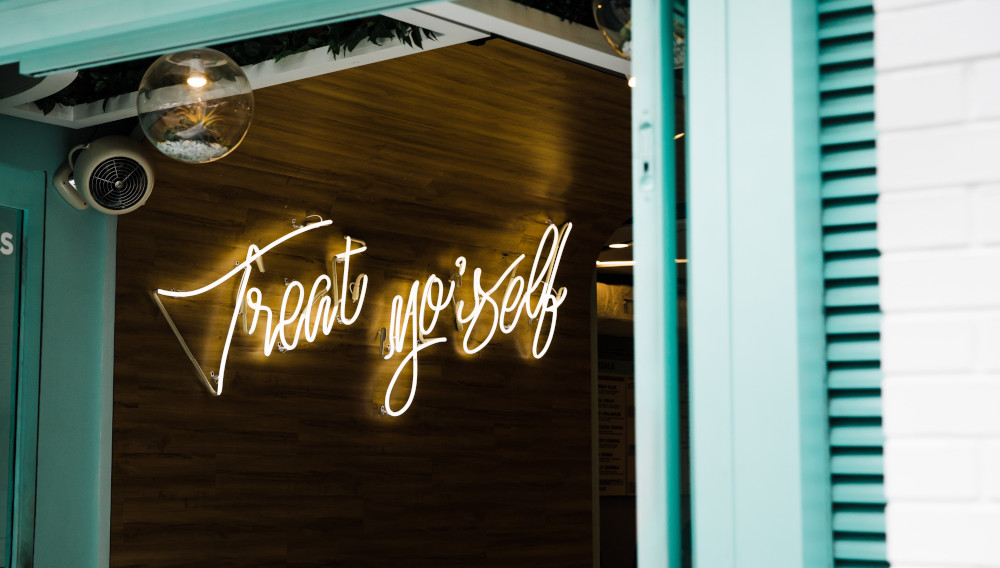US on-premise in straits as drinking occasions evolve
USA | The beer industry enters into the summer selling season with a stiff wind at its back, at least in terms of shipments. Brewers had a very solid start to 2021. Was 2020 just a passing storm with no lasting impact?
In the short term, some of the changes stemming from the pandemic year, when people stayed at home and off-premise beer sales surged, will persist. As said Michael Bellas of the Beverage Marketing Corporation, New York: “At home consumption should ebb but stay strong; off-premise channels will continue to benefit. However, the channel mix will not resemble its pre-pandemic state – when the on-premise represented 50 percent of beer sales by value but the off-premise for the bulk for volume sales – until next year.”
Home is the new hub
Observers concur that there will be more drinking occasions at home apart from the traditional occasions like when relaxing, gaming, watching Netflix, or having a meal. Most likely, the future of work involves some type of hybrid model, where people will work both from the office and from home. So rather than grabbing a quick lunch from a food court, remote workers could enjoy a non-alcoholic beer with their sandwich at noon, thus establishing a new home drinking occasion, thinks Garrett Oliver of Brooklyn Brewery.
Consumers will not even need to rush out in order to replenish their booze supplies: e-commerce, which boomed in 2020, is here to stay.
All this does not bode well for the on-premise. Although restrictions have been or will be lifted as more people are vaccinated, punters will fall into two groups: the keen and the hesitant. Those with a pent-up desire to socialise will go barn-storming, whereas those with a nice home and a fearful disposition will probably visit a bar less often than they did before the pandemic.
Better safe than sorry
Alas, “[many] bars aren’t keen to try new things while they deal with the ongoing financial fallout of pandemic restrictions. Bars that had 10 rotating taps to showcase new beers might be down to 5 – or to none at all – because they can’t guarantee that they’ll sell through the unfamiliar beers before they go bad,” the website theatlantic.com said in June 2021.
At the same time, the demand for hard seltzer is expanding, whether at home or at bars (the next frontier for hard seltzer producers). That is partly because punters will be demanding them and bar owners will be more than willing to supply them as they face a shortage of skilled staff.
Across the US, the hospitality sector has had a difficult time coaxing experienced servers and bartenders to return to the industry. No wonder, bar owners have shown a growing interest in ready-to-serve drinks and cocktails, which do not require as much skill or time to prepare.
With many office workers still staying at home for all or part of the working week, sales of beer at city centre venues remain shaky. In neighbourhoods where people live, things are a little brighter, says theatlantic.com, and demand is more buoyant. That could portend a strong comeback for craft brewery taprooms in the months ahead.
No commute, no happy hours?
However, no one knows if remote workers will want to hit happy hour out in the suburbs, the way people did when they were in the office. Likewise, the commute as a drinking occasion will lose in importance, as fewer will need to spend their time sitting on a bus or a train back from work. AB-InBev’s ZX Ventures arm recently said that, to their surprise, their canned wines under the label Babe Wine had proven to be popular with commuters.
This means even the so-called pundits are presently guessing what, and how much, people might want to drink as their lives and choices once again change rapidly.
Beer sales, in fact, will be a window into how Americans are thinking about their lives this summer – and not just for those buying it.
Keywords
USA beer market sales consumption on-premise off-premise COVID-19 hospitality sector
Authors
Ina Verstl
Source
BRAUWELT International 2021


